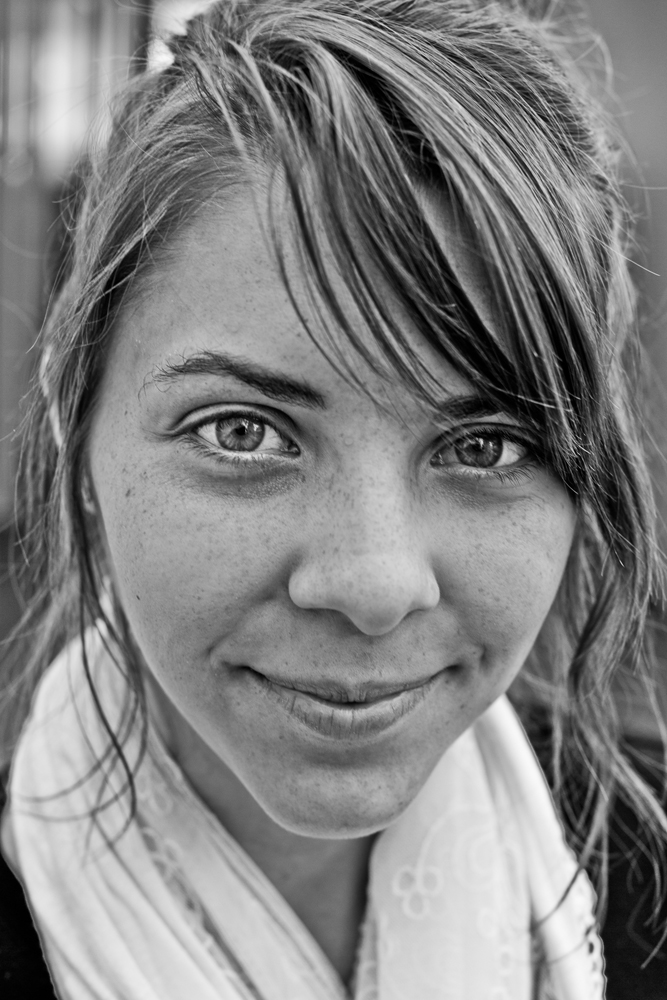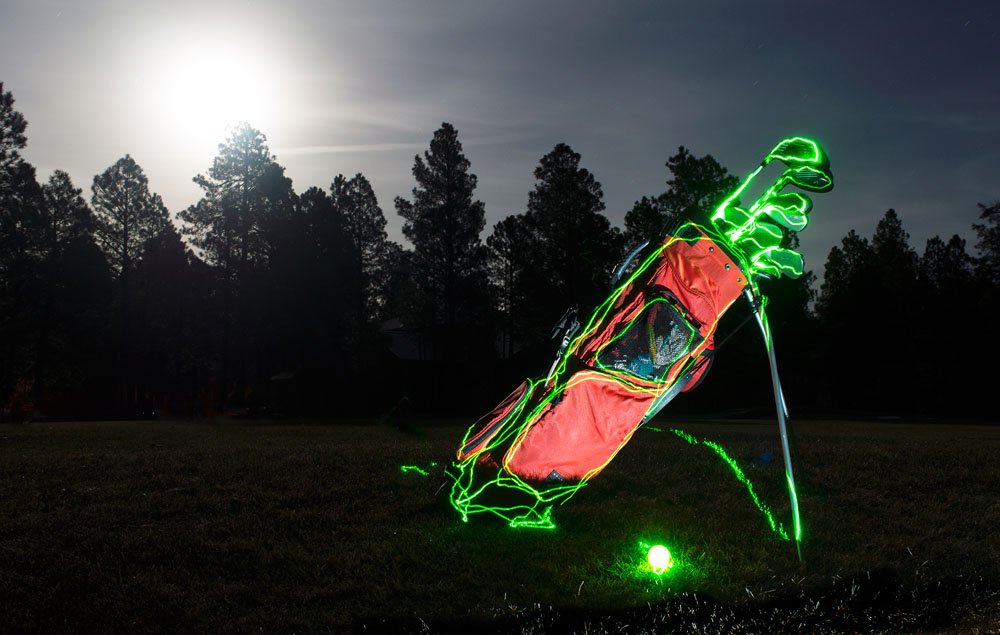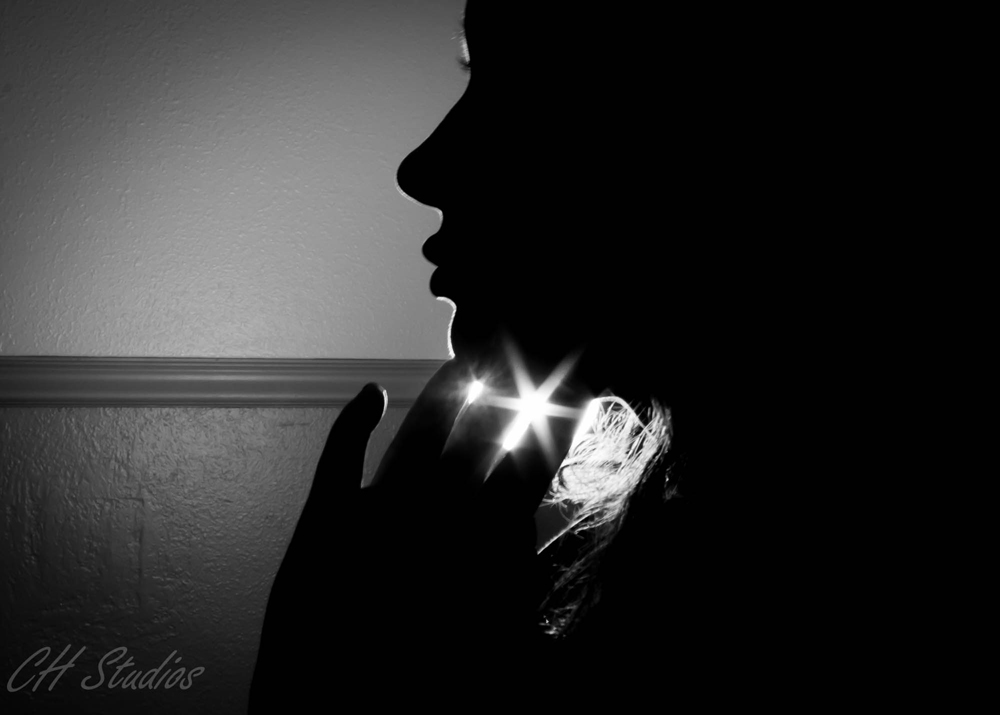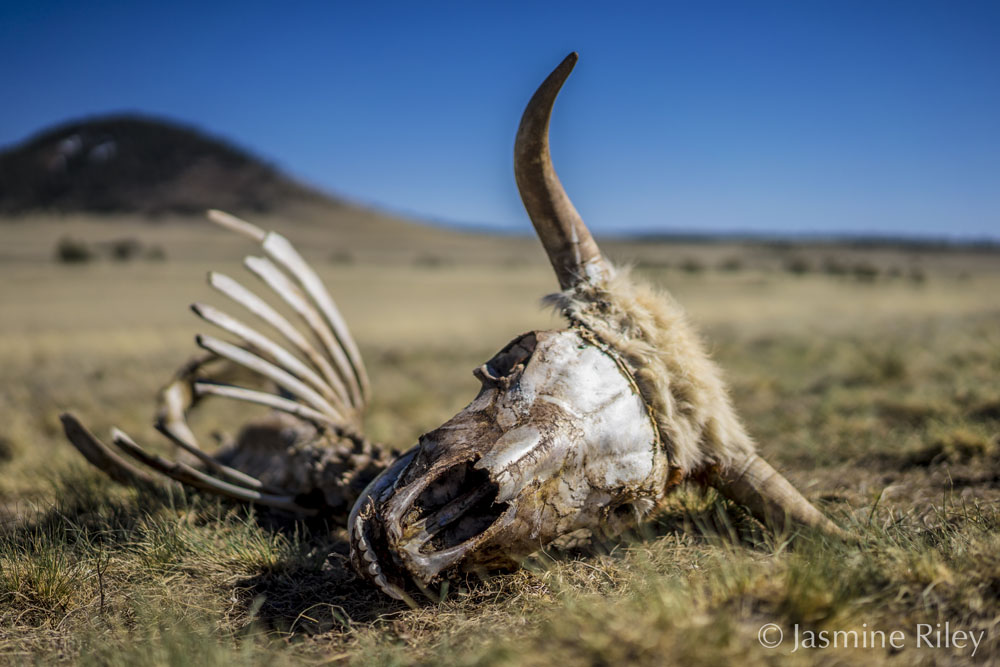
Let’s hear it one more time for the 39 NAU students who acted as Guest Bloggers on this blog (their photographs appearing in alphabetical order):
First row (left to right): Stephanie Austin, Krista Baldwin, Emma Benanati, Cloie Bright, Eleanor Carty, Samantha Columbo, Garrett Creswell, Karli Crocker
Second row (l to r): Stevie Deale, Alicia Dean, Rita DeBrodie, Christye Flanagan, Nikki Harcey, Rachel Leone, Morgan Louvier, Samantha Martinez
Third row (l to r): Sunday Miller, Thomas Miner, McKenzie McLoughlin, Jubran Mohammed, Parker Munsch, Don Olson, Ashlee Outsen, Hannah Petersen
Fourth row (l to r): Angel Rangel, Jasmine Riley, Sydney Roberts, Eric Schwab, Natalie Smith, Jordan Thompson, Taylor Tracy, Erin Twarogal
Fifth row (l to r): Ashleigh Vance, Luke Vanderbroek, Cory Walters, Ryan Wesson, Ariel White, Kassandra Wilhelm, Ursula Woody
That’s all folks! Let’s give the Northern Arizona University’s Intermediate Photography students a big round of applause for sharing their images and thoughts with us in this year’s “Behind the Image: Guest Blogger” project. What thrills me the most from year to year with this effort is just how different each student sees the world.
To the 39 participating students, what did you think of your blogging experience here? Was it as scary or exciting as you thought? Would you do it again? Would you do anything differently in hindsight now that you’ve completed your assignment? I so appreciate your willingness to participate as Guest Bloggers and thank you for being YOU! No matter where photography or life takes you, always remember that creativity lives within you if you tap into your individual backgrounds and passions – whether it be travel, beloved pets, people who inspire, moving natural scenes, or intimate details of the world around them – to present your visual messages.
I am also filled with much gratitude for NAU Photography Instructor, Amy Horn, who helped coordinate this real-world assignment with her class. It’s truly a pleasure to work with someone so dedicated to her students and to facilitating the learning process in photography.
To those of you who left comments on the photographs and stories, many thanks! If you haven’t had the chance to review all of them (and would like to), find the 39“Behind the Image” write-ups by clicking on the “Guest Blogger” in the Categories box on the right-most column on your screen. Then, feel free to add your thoughts in the Comments section below anytime that’s convenient for you!
Finally, leave us a comment on this post about your thoughts on this year’s project. What did you like about the photography as a whole? Did you get new ideas? I look forward to hearing from you.
Thanks again, everyone! Until next year!
Colleen









